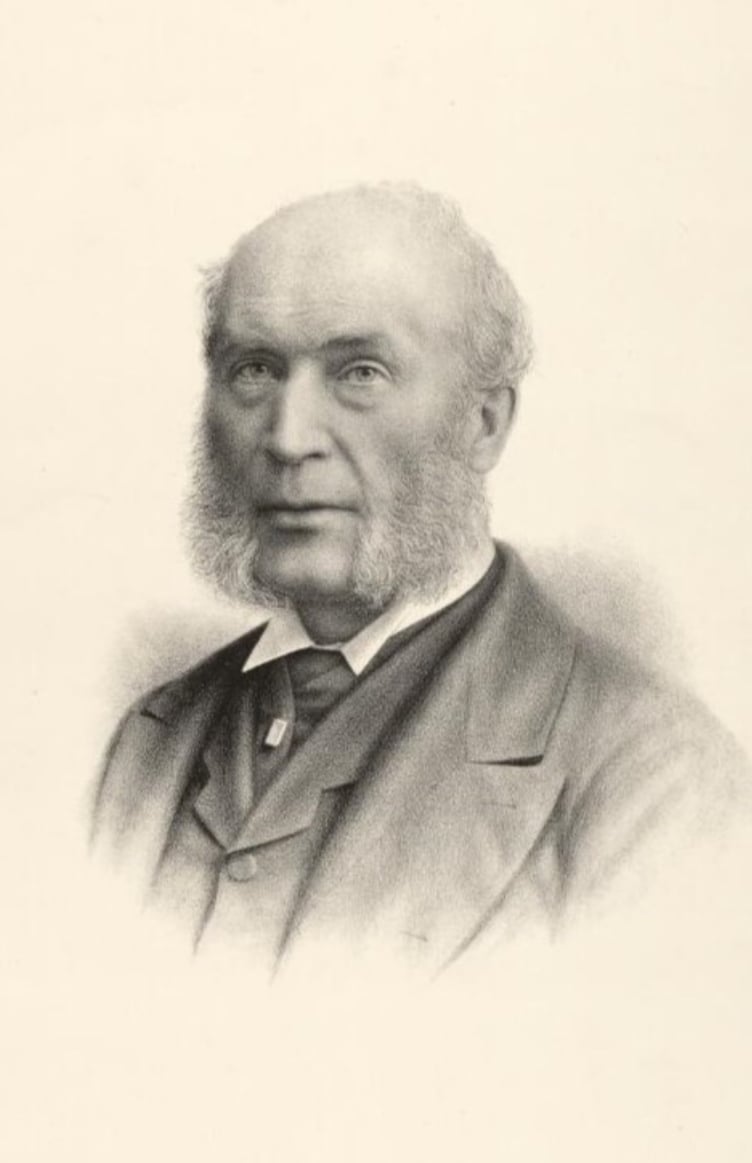Do you like strolling through old graveyards and reading the headstones? Almost every parish church and churchyard provides a tantalising glimpse of long-forgotten lives, and Truro Cathedral is no different, writes Judith Field.
Walk along its North Aisle, for instance, and you will come across a plaque to Sir W Warington Smyth (1817 – 1890). But who was he and why is he worth remembering?
Warington Smyth was a mining geologist and professor at the Royal School of Mines in London. He shared his time between the capital and his country house in Marazion, from which he carried out mineral inspections for the Duchy of Cornwall.
At the time, mining was extremely dangerous and premature deaths were common, both from accidents and lung disease caused by inhaling mineral dust. “Examples of longevity must not be sought among the miners,” wrote a visitor to Cornwall in 1865. “On an average, they do not live beyond 40 years.”
In the early 1880s, Warington Smyth chaired the Royal Commission on Mining Accidents. It led to inspections that stopped mine owners from flouting safety laws. For instance, they checked that boys younger than 12 were not working underground, and that 12 to 15 year olds were not working more than the legal maximum - 54 hours per week!
The Commission coincided with the first phase of the construction of Truro Cathedral, and Warington Smyth had volunteered to help. As an early member of its Building Committee, his expertise would have contributed to the selection of stones used to build and decorate it.
There was a conscious effort to make the new cathedral truly Cornwall’s, both through county-wide fundraising and the use of local building materials wherever possible. Externally, you can see granite blocks from Mabe near Penryn and Pentewan Stone from south of St Austell. Internally, there is softer St Stephen granite from Nanpean Quarry, west of St Austell.
Minerals are used for particularly dramatic effect in the Baptistry, where dark red and green serpentine from the Lizard is set off by fine marbles from Italy and North Africa. Polyphant stone from near Launceston was used for memorials to King Edward VII and the Boer War, and Cornish copper coats the spire of the clock tower.
While Sir W Warington Smyth deserves to be remembered for his contributions to mining, Cornwall and its cathedral, his family were equally remarkable. His gifted wife Anna Maria was a Gold Medallist of the Royal Geological Society of Cornwall, highly unusual for a Victorian woman.
One of their sons, Herbert, was geological adviser to the government of Siam (Thailand) before retiring to Falmouth. Another son, Major General Sir Nevill Maskelyne Smyth KCB, was nicknamed “The Sphinx”; he won a Victoria Cross and was ‘Mentioned in Despatches’ an astonishing 11 times in his career.
You can explore the interesting memorials in Truro Cathedral almost any day of the year. There is no charge for entry, but popular donations to help care for the cathedral are £5 per adult. Find details, including modern-day volunteering opportunities, at www.trurocathedral.org.uk


.jpeg?width=209&height=140&crop=209:145,smart&quality=75)


Comments
This article has no comments yet. Be the first to leave a comment.